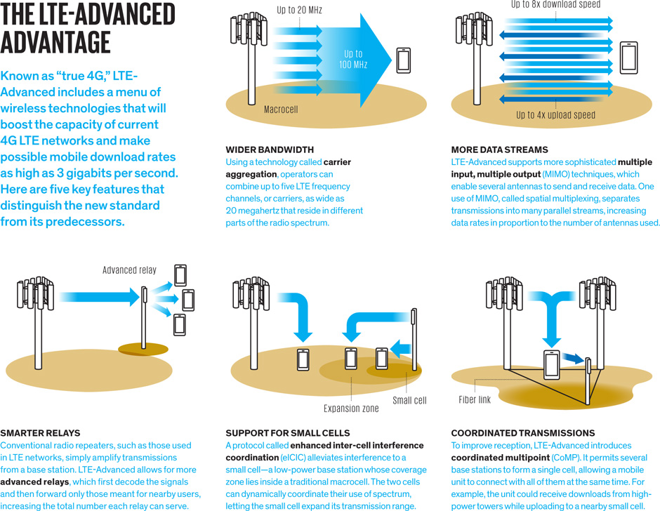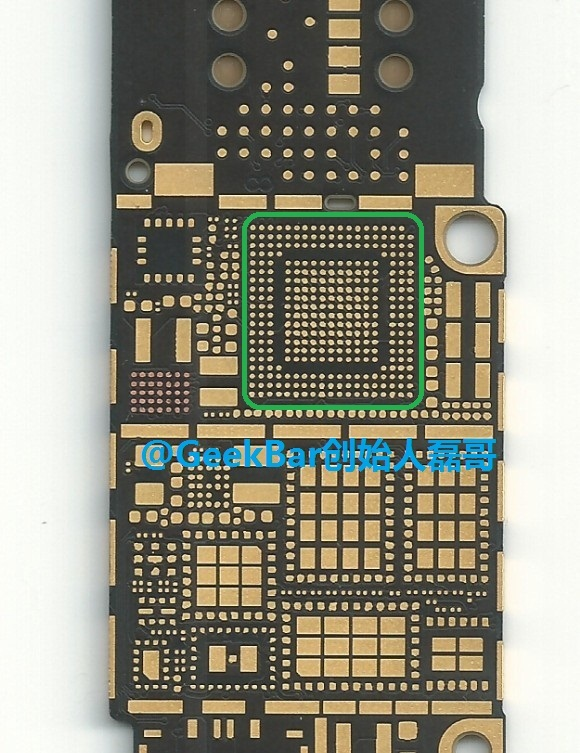The latest component claimed to be from Apple's next-generation iPhone is a Qualcomm MDM9625 modem, which would boost cellular download speeds to 150 megabits per second, which would be 50 percent faster than the modem found in the iPhone 5s.

Graphic via IEEE Spectrum.
The Qualcomm third-generation LTE chipset was first announced by the company in February of 2012 and began shipping later that year. And now a post from GeekBar, spotlighted Tuesday by G for Games, alleges that the LTE Advanced modem is bound for Apple's so-called "iPhone 6."
If true, the new modem would boost speeds by 50 megabits over the 100-Mbps speeds offered by the iPhone 5s. The rumor does have some merit, as Apple has opted to use older and more readily available LTE chips in its latest iPhone models.
Regardless, the legitimacy of the report does come with some question, as GeekBar mixed up traditional RAM and DRAM in a leaked schematic the repair site posted on Monday. The same publication also showed a document claiming the next iPhone will sport a near-field communications chip --Â technology that Apple has never adopted despite continued rumors.
But it would make sense for Apple to choose a slightly older chip with support for LTE Advanced, as most carriers around the world have yet to support even that specification. There are newer "Category 6" LTE chips from vendors like Qualcomm that are capable of 300 Mbps download speeds, but support for that technology is even more rare.

Qualcomm's third-generation "Gobi" chipsets utilize a 28-nanometer manufacturing process that improve performance and power consumption over previous-generation chips, like those found in the iPhone 5s. The 2012 chips are defined as "Category 4" LTE.
Apple is expected to hold a media event on Sept. 9 to introduce its next-generation "iPhone 6." If the company follows its usual release schedule, the handset will first become available to customers the following Friday, Sept. 19.
The next iPhone is widely expected to come in two screen sizes of 4.7 inches and 5.5 inches. Some reports have claimed the 5.5-inch model faces production issues that could result in a slight delay versus the 4.7-inch model.